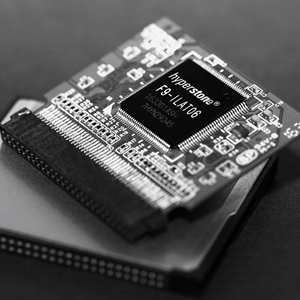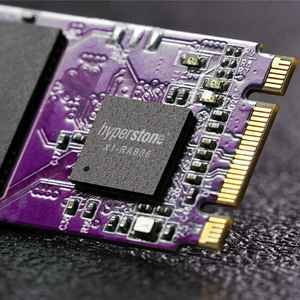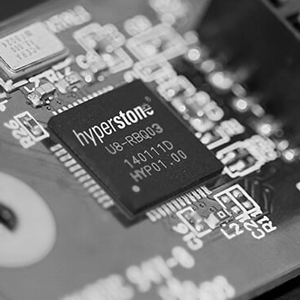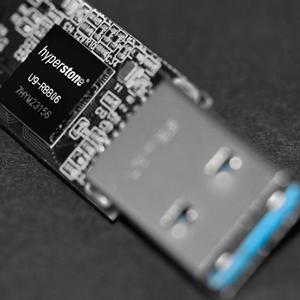
Hyperstone SD/eMMC, CF/PATA, SATA & USB Flash Controller
Die Hyperstone GmbH, mit Hauptsitz in Konstanz am Bodensee, ist ein Hersteller von Mikrocontrollern und Mikroprozessoren. Einsatzgebiete sind u. a. in rasant wachsenden Märkten wie Flash-Memory-Controller für Compact-Flash (CF) und Secure-Digital (SD) Karten, SATA, eMMC, Solid State Disks (SSD) sowie USB. Die Speicherlösungen, basierend auf Hyperstone-Technologie, werden in den unterschiedlichsten Branchen eingesetzt, wie etwa in der Telekommunikation, Industrie-Automation, Medizintechnik, Automobiltechnik, Sicherheit & Identifikation, Spielautomaten, Verkaufsautomaten, sowie in intelligenten Stromzählern.
F9 | NAND Flash Memory Controller
3D-Flash Unterstützung für hochleistungsfähige CompactFlash-Karten oder Speichermodule, die mit Hostsystemen mit CompactFlash™-, IDE- oder PATA-Schnittstellen kompatibel sind.
X1 | SATA NAND Flash Controller
Sicherer und zuverlässiger Low-Power-SATA-Controller für das IIoT und anspruchsvolle Anwendungen.
U8 | USB 2.0 NAND Flash Controller
Zuverlässiger USB 2.0 NAND-Flash-Controller für USB-Flash-Laufwerke, eUSB-Module, MCPs und DoB-Speicherlösungen in Industriequalität.
U9 | USB 3.1 NAND Flash Memory Controller
Sicherer USB 3.1 NAND-Flash-Speicher-Controller für USB-Flash-Laufwerke, eUSB-Module, MCPs und DoB-Speicherlösungen in Industriequalität.

General features
- Steuerung & CPU
- Leistungsstarker 32-Bit Hyperstone RISC-Mikroprozessor
- Großer interner Arbeitsspeicher bietet Flexibilität bei der Firmware
- Schutz gegen Stromausfall
- Kondensatorgepufferte Abschaltung möglich
- Versorgungsspannung 3,3V
- On-Chip-Spannungsregler für 1,8 V Flash-Speicher (je nach Controllertyp) - S.M.A.R.T.-Überwachung
- Flash-Management einschließlich LBA-zu-PBA-Zuordnung
- Verwaltung fehlerhafter Blöcke
- Statisches, dynamisches und globales Wear-Leveling
- On-the-fly Garbage Collection
- Management von Lesestörungen, dynamische Datenauffrischung zur Maximierung der Datenerhaltung und Auffrischung von Daten, die von Lesestörungen betroffen sind
- Management von plötzlichen Stromausfällen
- Interleaving, Cache- und Multi-Plane-Programmierung
- Firmware wird zur Wiederherstellung und Aktualisierung redundant gespeichert










